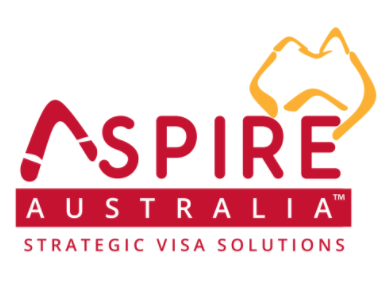“Tonight, we embark as a nation on the next phase of our journey. A journey to rebuild our economy and secure Australia’s future. Our plan will grow the economy. Our plan will create jobs.”
And so began The Hon Josh Frydenberg’s Budget Speech 2020-21
Clearly, a budget to set Australia and Australians back on track to economic recovery. Clearly, a budget supporting jobs for Aussies.
Target industries and sectors include:
- Residential construction
- Digitalisation (data security, NBN)
- Regional tourism
- Manufacturing (food and beverage, resources technology, medical , recycling and clean energy, defence, space)
- Infrastructure projects
But, whilst the support of these industries has the goal of jobs for Aussies, there is recognition that we cannot do it alone. That we don’t have all the skills in-house to make the proposed programmes work. And that leaves the door open to migrants.
How does the budget impact Australia’s migration programme?
In the 20-21 migration programme year, two-thirds of new migrants in the 160 000 quota will come on skilled visas. Global talent and business men and women are being encouraged to migrate to Australia through expanded programmes.
In terms of the skilled programme, key migration outcomes include:
- Global Talent Independent programme tripled to 15 000 places
This programme seeks to attract candidates with exceptional skills and international recognition in the following fields:
- AgTech
- Space and Advanced Manufacturing
- FinTech
- Energy and Mining Technology
- MedTech
- Cyber Security
- Quantum Information, Advanced Digital, Data Science and ICT
- Prioritisation for the Employer Sponsored, Business and Global Talent programmes
- Reduced residence and income period for New Zealand Skilled Independent pathway applicants from four years to three years
- Sharpened focus on the Business and Investment programme to attract higher value investors, business owners and entrepreneurs
- Increase in Business programme visas to 13 500
- Onshore applicants with regional based sponsors will be prioritised
No doubt there will be increased scrutiny of employer-sponsored category visas and especially the justification by the employer that it cannot find an Aussie to fill the position. Labour market testing – a requirement for TSS 482 and 494 nominations and for which there was an additional criterion added from 1 October 2020 – may be extended to Employer Nomination processes.
But if employers can show how the skilled visa applicant will enhance job prospects for Aussies in alignment with one or more of the Government’s flagship programmes, then the visa applicant, employer and country will benefit.
But what about family migration, you ask?
Family stream visas have been increased from 47 732 to 77 300 for this migration programme year only with all but 5 000 of those visas will be reserved for Partners.
This will hopefully allow the backlog of applications to be processed and waiting times reduced to more acceptable levels.
Hopefully.
Other outcomes for the family stream include:
- Enhanced social cohesion and job prospects by requiring all Partner visa applicants and sponsors to meet English and character requirements
- Removal of cap on class hours for Adult Migrant English Program
- Decreased family violence through mandating stricter character and sponsorship criteria for Partner visa sponsors
- Regional based sponsors for Partner visas to be prioritised
- Visa refunds and fee waivers available to various current temporary visa holders who have been impacted by Australia’s border closure, unable to enter the country.
Refund / waiver categories include:
- Prospective Marriage applicants – for those unable to enter by the ‘arrive by’ dat’, their visas will be cancelled and the visa application charge refunded. Find an alternative pathway through our Partner visa service.
- Temporary skilled workers who have been unable to enter Australia by their visa expiry date may make a further, fee-free application to travel to Australia once travel restrictions are lifted.
- Visitor visa holders will be eligible to make a further fee-free application to allow them to return to Australia once travel restrictions are lifted.
- Working holiday makers will be eligible to make a further fee-free application to allow them to return to Australia once travel restrictions are lifted
- Working holiday makers unable to enter Australia before the expiry of their visa will be entitled to a refund of the visa application charge.
We must remember, of course, that the budget is a bill-reading speech. The bill must pass Parliament and then legislation must be made to put the proposed programmes into effect. So all of the above may take time and may mutate in the process.
Watch this space.
If you already have questions, please reach out to us to discuss your concerns and the opportunities available to you right now









